Intermatic T101 mechanical timer is suitable for accurately managing the activation and deactivation of devices, such as lighting, pumps, fans and heating systems, leading to energy conservation, security enhancement and operational efficiency. It is used in industrial processes, commercial establishments and outdoor lighting systems.
Working Mechanism:
- The time switch has a round dial representing each hour of the day.
- Pins or trippers are placed around the dial for manual insertion / removal at specific hours, indicating when a device should turn on / off.
- A clock motor moves the dial for motor operation and load control.
- Devices like lights or heaters are linked to the switch, letting it control power based on pin / tripper positions.
- Users set ON / OFF times by placing pins, triggering the switch to close / open and control power.
- Clock motor's dial movement moves pins / trippers for accurate timing.
- Load control occurs as ON pin hits ON lever, closing switch for activation. OFF pin hits OFF lever to open and deactivate.
- With a full 24-hour dial rotation, pins / trippers complete a cycle, letting users schedule daily load activation / deactivation.
Features:
- It comes with the capability of handling up to 12 ON / OFF operations daily, with a minimum time interval of one hour.
- This Intermatic timer offers a manual override function for immediate and easily controlled operation.
- It is equipped with both ON and OFF trippers, ensuring easy setup and flexibility in scheduling.
- This electrochemical timer features versatile 24-hour control for continuous loads, ensuring long service life.
Frequently Asked Questions:
Q. What benefits do an electronic timer have over a mechanical one?
A. Both of them operate similarly and are capable of carrying out the same tasks. A mechanical timer is typically constructed as a massive, grey, metal box that may stand out significantly in your home's decor. Mechanical timers are typically larger, last longer and can take more electrical load than a digital timer.
Q. Do mechanical timers consume electricity?
A. The average mechanical timer uses 1 Watt per hour which translates to 24 Watts daily. Typically, a digital timer uses a little bit more energy. About 2 Watts per hour of power are used here.
Q. What are the three main types of timers?
A. The three major types of PLC timers are on-delay, off-delay and retentive on-delay.
Q. What is the operating temperature of this Intermatic T101 mechanical timer?
A. It has an operating temperature of -40 to 131 degrees F.
Q. What is the maximum wire size that this Intermatic timer can accommodate?
A. It can accommodate a wiring size ranging from 14 to 8 AWG.
Q. Is it necessary to clean the electromechanical timer?
A. Yes, regular cleaning is advisable to prevent dust accumulation to safegaurd the timer's functionality. Utilise a soft cloth to wipe down the timer's outer surface, avoiding abrasive materials that might harm its finish.
Q. What maintenance does this timer require?
A. Routinely inspect the timer for any indications of wear, loose connections or irregularities in its operation. Confirm that the wiring remains intact and no components are exposed or damaged.
Q. What are the factors to evaluate when selecting the appropriate timer model?
A. When choosing the right timer model, consider the electrical load demands, the frequency of daily ON / OFF cycles needed and the type of load being managed. Also, verify that the timer's voltage rating aligns with the power supply.
 Change Country
Change Country
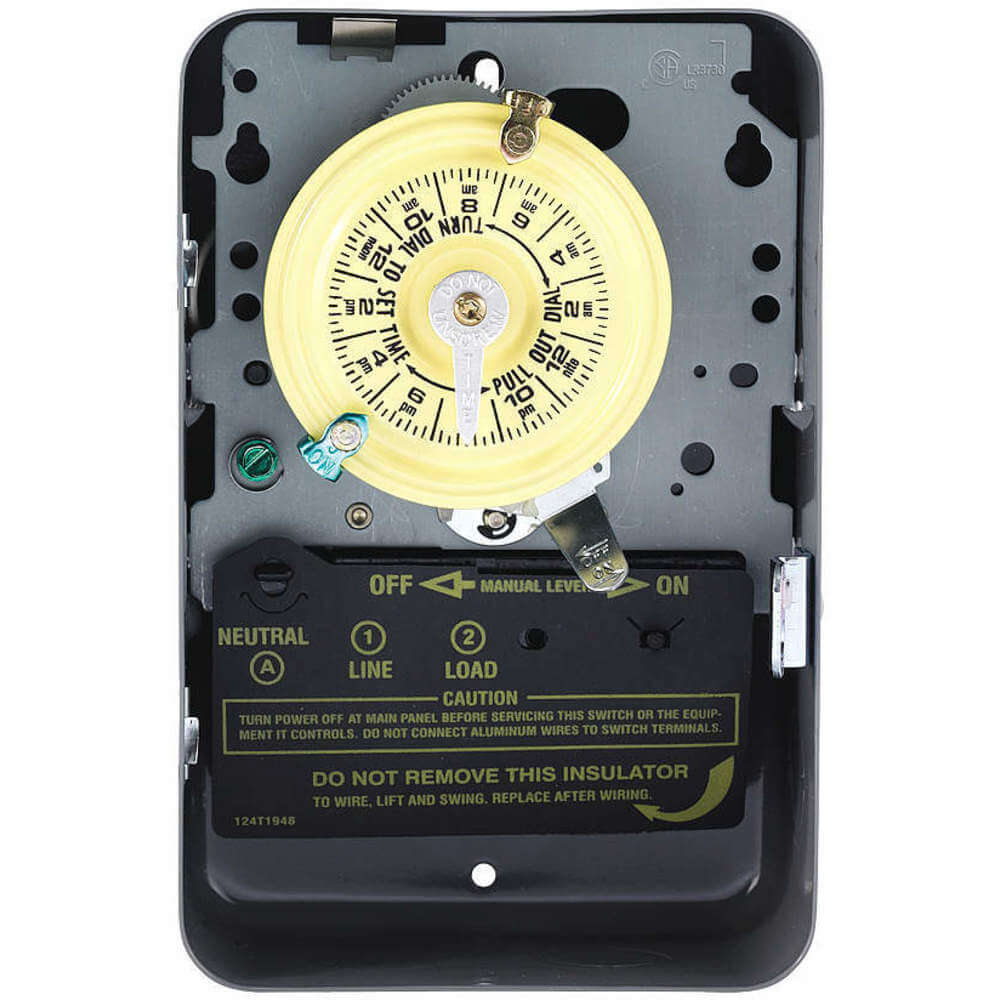
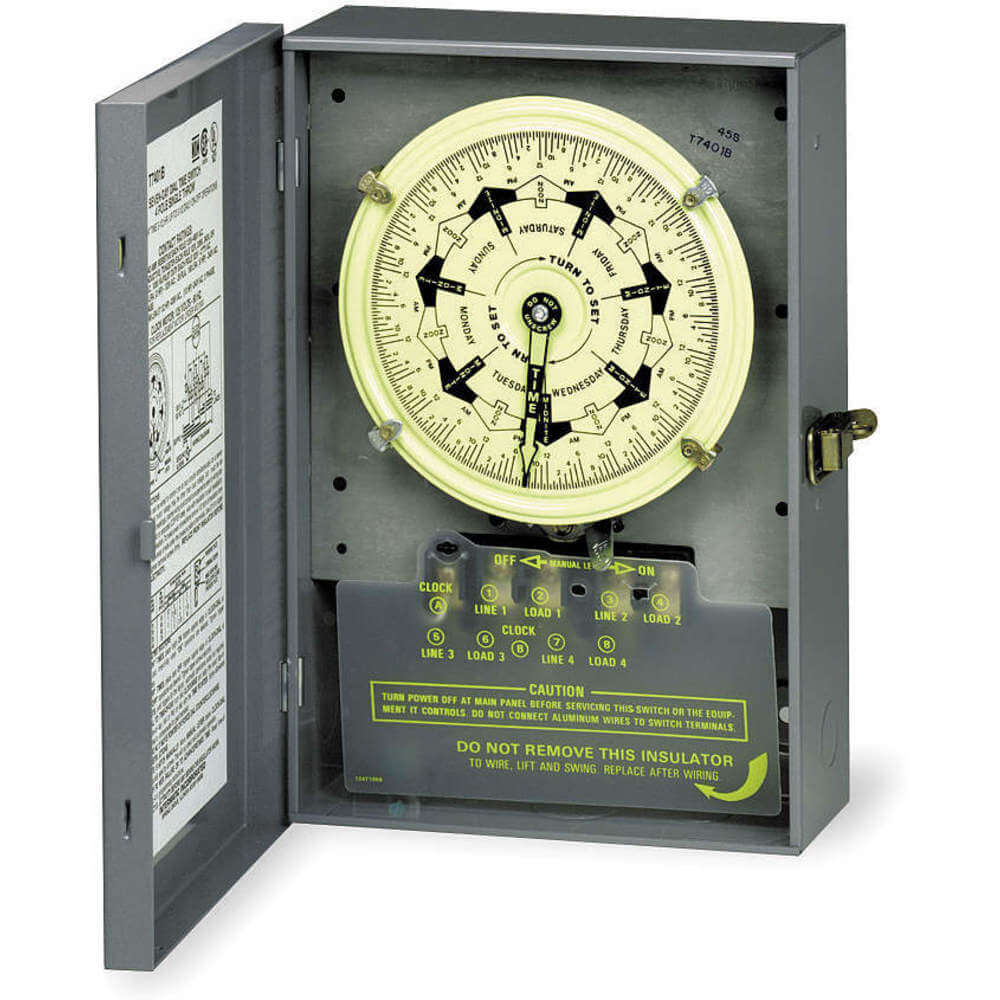
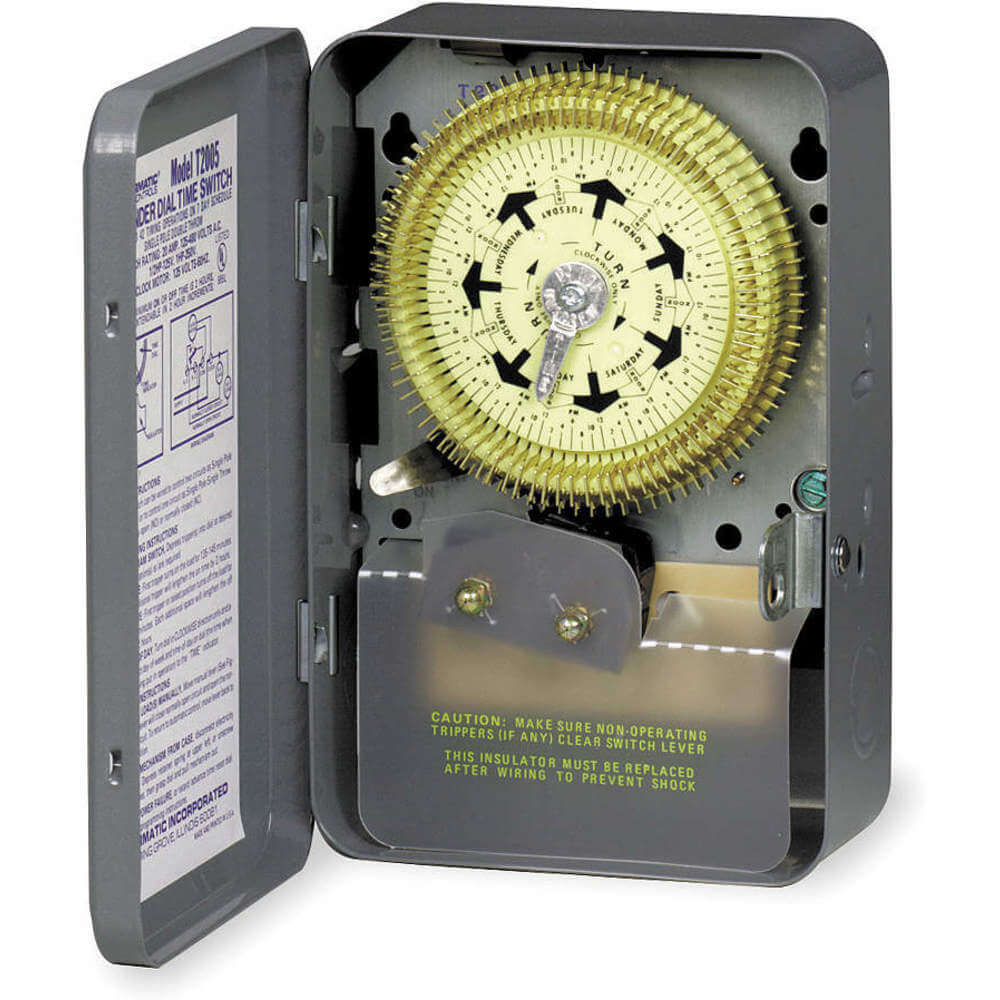
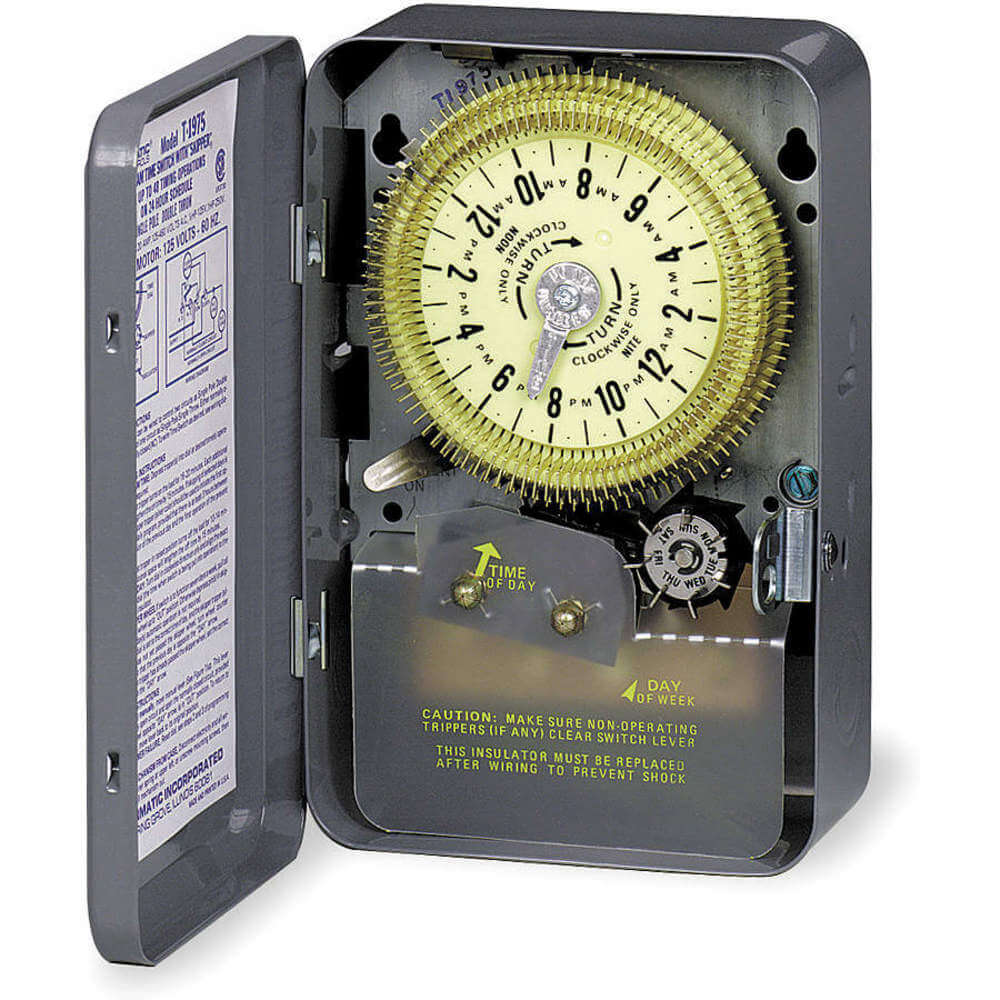
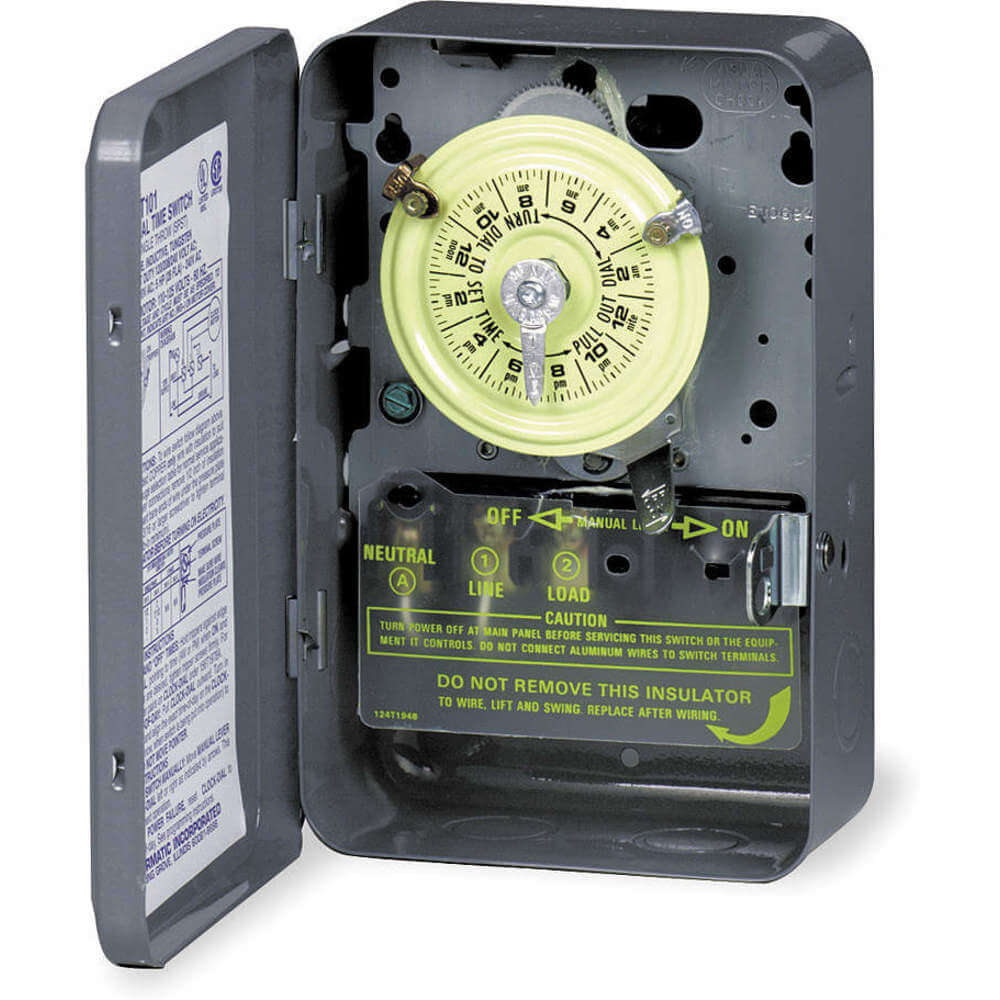
 Trade pricing is available for
Trade pricing is available for  Order Value should be £500+
Order Value should be £500+